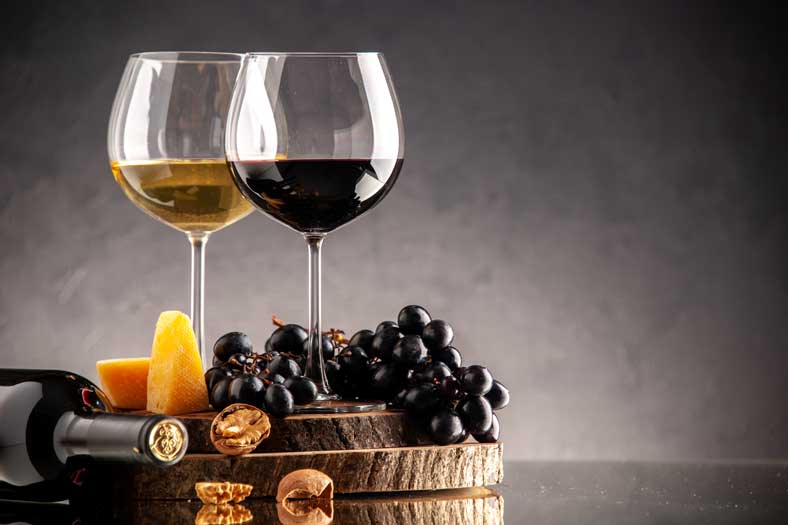
Unveiling the Secrets of Wine Tasting
Introduction: Wine tasting is an art form that allows us to appreciate and understand the intricate qualities of different wines. Beyond merely sipping and swallowing, it involves engaging our senses, exploring nuances, and unraveling the stories behind each bottle. In this article, we delve into the secrets of wine tasting, guiding you through the process and empowering you to discover the hidden treasures within your glass.
Body:
-
The Visual Examination: Wine tasting begins with a visual assessment. Hold the glass against a white background and observe the color, clarity, and intensity. Reds may range from ruby to garnet or even brick-like hues, while whites can span from pale straw to golden amber. These visual cues offer initial insights into a wine's age, grape variety, and potential flavor profile.
-
The Aroma Exploration: Next, bring the glass to your nose and take in the aromas. Swirl gently to release the volatile compounds and let them dance in the air. Sniff deeply, identifying the primary aromas like fruits, flowers, or herbs. Then, focus on secondary aromas that arise from winemaking techniques, such as oak aging or fermentation. Finally, detect tertiary aromas, which develop over time and include earthy, nutty, or spicy notes. This olfactory journey provides a glimpse into the wine's complexity and character.
-
The Taste Sensation: Savoring the flavors is the heart of wine tasting. Take a small sip, allowing the wine to coat your palate. Observe the initial taste impressions—whether it's sweet, acidic, or tannic—and how they evolve over time. Identify the different flavor components, such as fruits, spices, or minerals. Consider the wine's body, which can range from light and delicate to full and robust. Pay attention to the balance between sweetness, acidity, and tannins, as well as the length and persistence of the finish.
-
The Mouthfeel Analysis: Wine tasting also involves evaluating the texture and structure of the wine in your mouth. Is it silky, velvety, or grippy? Assess the level of tannins, which can provide structure and astringency. Notice the acidity, which contributes to freshness and liveliness. Additionally, observe the alcohol level, which can affect the wine's body and warmth. The mouthfeel analysis helps us understand how the wine interacts with our taste buds and adds another layer of complexity to the overall experience.
Conclusion: Wine tasting is an enchanting journey that goes beyond mere consumption. It's an opportunity to engage your senses, develop your palate, and appreciate the craftsmanship behind each bottle. By unveiling the secrets of wine tasting, you can unlock a world of flavors, aromas, and sensations. Whether you're a novice or a seasoned enthusiast, take the time to explore, experiment, and share your discoveries. Cheers to the wonderful world of wine tasting!
keywords on this topics:
-
Wine tasting
-
Secrets
-
Unveiling
-
Tasting techniques
-
Wine appreciation
-
Aromas
